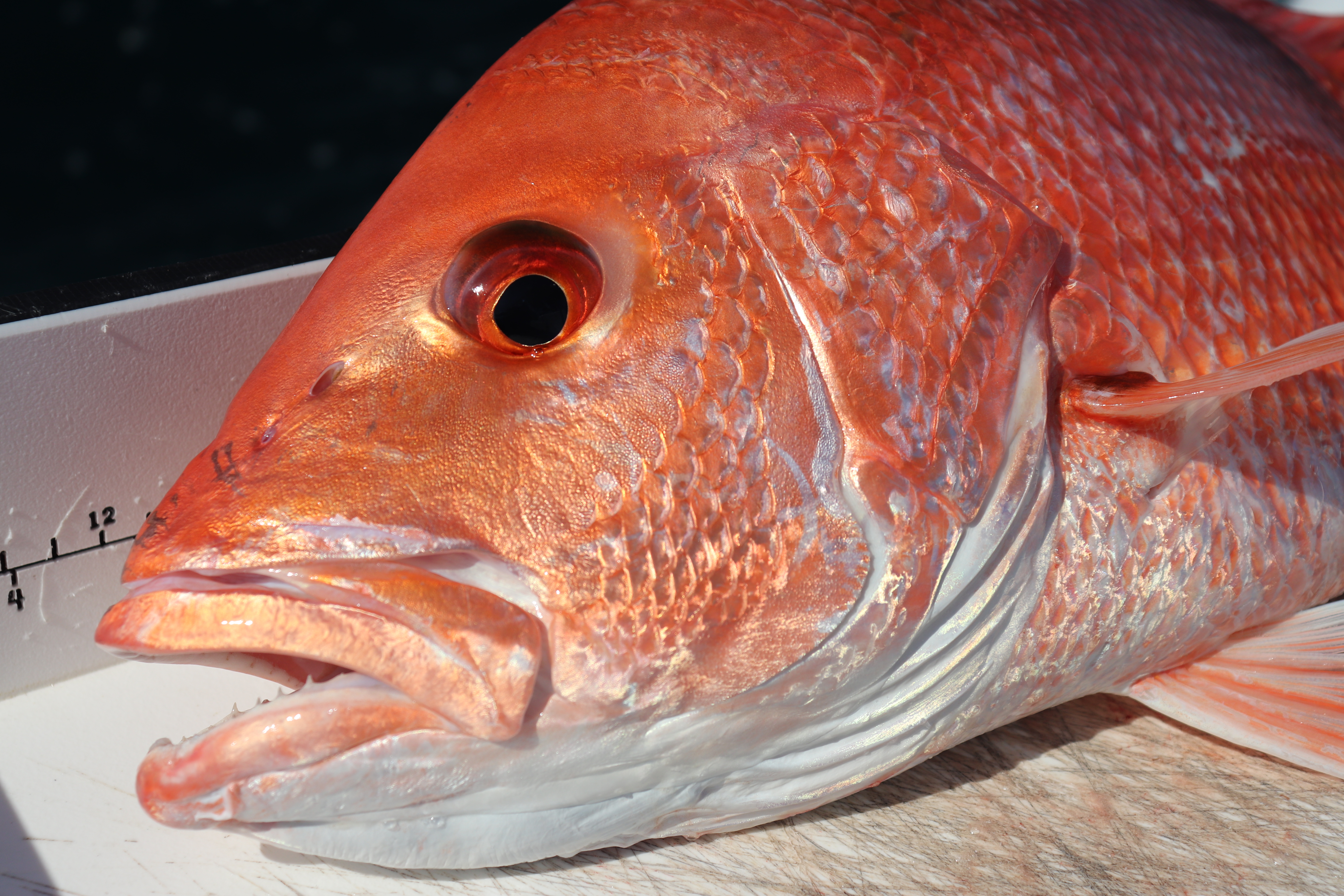
Photo Courtesy of the Harte Research Institute
In 2016, Congress appropriated $9.5 million for a state-of-the-art study to determine the true population of red snapper in the Gulf of Mexico. Fed up with years of turmoil and controversy over federal mismanagement of red snapper, Alabama Sen. Richard Shelby spearheaded the extraordinary step of funding an assessment completely independent of NOAA Fisheries, the agency in charge of managing the nation’s marine resources in federal waters. That $9.5 million was combined with $2.5 million in matching funds for a total of $12 million.
The study was led by the Harte Research Institute for Gulf of Mexico Studies, housed within Texas A&M University at Corpus Christi, and conducted by 12 leading marine science institutes and more than 100 of the top scientists around the Gulf and beyond. Known as the Great Red Snapper Count (GRSC), the assessment used cutting-edge science and techniques to create the first true census (an absolute abundance) of the snapper population. It took roughly two years to do the science and about as long for the results to work through an intensive scientific review process.
The GRSC was finalized in 2021 and found a red snapper population that was at least three times larger than NOAA’s estimates, a conclusion that was considered extremely conservative by the researchers involved in the assessment. It was hailed as an eye-opening achievement and cast serious doubt on the assessment techniques used by NOAA and the regulations that were based on previous assessments. When it was released, Sen. Shelby said via Twitter that he was “proud to have led the efforts in Congress to fund the Great Red Snapper Count.” He added, “Hopefully this data will allow for more red snapper fishing opportunities in the Gulf.”
NOAA pledged to take the findings of the GRSC and incorporate them into its next assessment of red snapper, which was scheduled to begin in 2021. While it would have been reasonable to expect the results of the GRSC to simply become the new benchmark, NOAA insisted that those findings would have to be calibrated and synched up with the data streams and techniques it had used in the past. The same data streams and techniques that the GRSC had shown to be inaccurate by a factor of at least three.
In January 2024 – eight years after Congress funded the independent study and three years after it was finalized – NOAA announced that it was unable to produce a viable stock assessment for red snapper, the most studied species in the Gulf reef fish complex. It turns out NOAA’s red snapper stock assessment model contains more than a stunning 2,900 parameters, each with its own level of uncertainty and bias. The model simply could not stand under its own weight. Due to the model’s remarkable instability, reviewers recommended NOT including the findings from the Great Red Snapper Count at all.
As it currently stands, the $12 million independent study funded by Congress and championed by Sen. Shelby is gathering dust on a shelf at NOAA. Anglers have seen no substantive changes in management of the fishery. Almost a decade after the funding was appropriated, it’s almost as if the GRSC never happened.
NOAA recently assured anglers at the Miami Boat Show that it would produce a brand-new assessment for Gulf red snapper in 2025, although it remains unclear if the GRSC will be a part of it. It will be nothing short of incredible if NOAA can somehow manufacture a brand-new assessment that fast. It took three years to figure out the previous model was irretrievably broken. Drawing on past experience, it seems 2027 is a far more likely date for a new assessment.
As time passes, the findings of the GRSC become less relevant. Fish populations change. Ocean conditions change. Fishing patterns change. It is not hard to imagine that by the time NOAA unravels the 2,900 parameters in its misguided red snapper stock assessment model someone will argue that the GRSC is simply too old to incorporate. And what was a ground-breaking study that showed how astoundingly wrong NOAA has been on its red snapper science will be cast aside. NOAA will go back to business as usual.
To those who worked on the GRSC, it will be remembered as a monumental frustration. To the anglers who hoped the GRSC would lead the way to changes in management, it has been a bitter disappointment. To Sen. Shelby and Congress who funded $9.5 million of taxpayer dollars for a study hoping it would provide a better path for NOAA to follow, we hope you kept the receipt…








